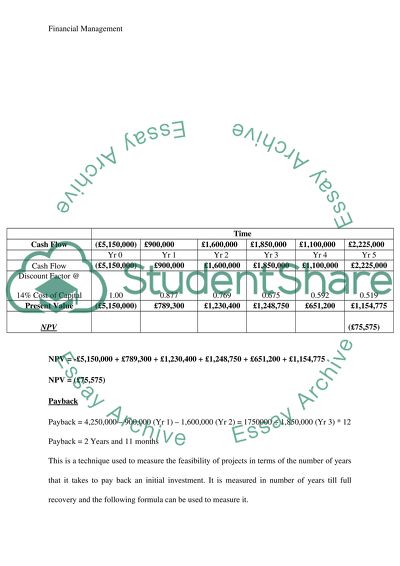Cite this document
(“Financial Term Paper Example | Topics and Well Written Essays - 2500 words”, n.d.)
Retrieved from https://studentshare.org/finance-accounting/1396990-financial
Retrieved from https://studentshare.org/finance-accounting/1396990-financial
(Financial Term Paper Example | Topics and Well Written Essays - 2500 Words)
https://studentshare.org/finance-accounting/1396990-financial.
https://studentshare.org/finance-accounting/1396990-financial.
“Financial Term Paper Example | Topics and Well Written Essays - 2500 Words”, n.d. https://studentshare.org/finance-accounting/1396990-financial.


